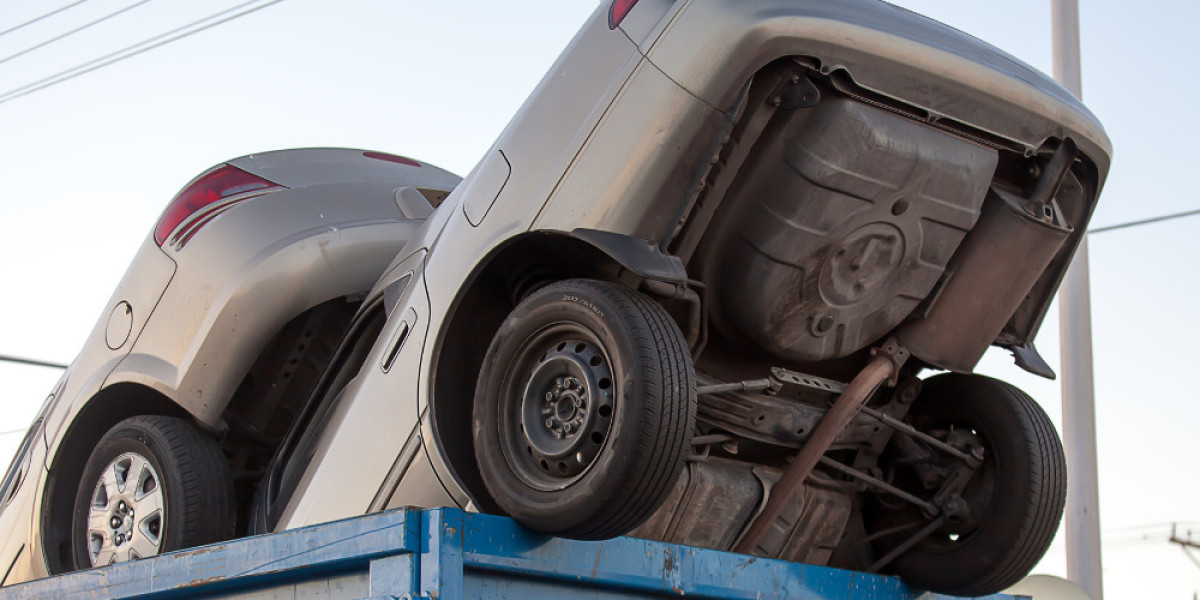Copper is one of the most valuable and widely used non-ferrous metals in the world. Whether you’re a recycler, a contractor, or a homeowner cleaning out old wiring or plumbing, understanding the copper scrap price is essential to maximizing your return. In this comprehensive guide, we’ll break down everything you need to know about copper scrap pricing from current market trends to the types of copper scrap, how prices are determined, and tips for getting the best deal.
? What Is Copper Scrap?
Copper scrap refers to recycled copper materials that are no longer in use and can be melted down and reused. This includes copper wire, pipes, tubing, roofing sheets, electric motors, and more. Because copper retains its properties through the recycling process, it's highly sought after in the metal recycling industry.
? Why Copper Scrap Has Value
Copper is a highly conductive, durable, and corrosion-resistant metal, making it a staple in construction, electrical, plumbing, and manufacturing industries. Since mining new copper is energy-intensive and expensive, the demand for recycled copper remains strong — driving up the price of copper scrap.
? Copper Scrap Price: What’s the Current Rate?
The price of copper scrap fluctuates regularly based on various factors. As of recent trends in 2025, copper scrap has been trading between $3.00 to $4.50 per pound, depending on the type and quality. However, this number changes daily and varies by region, so it’s crucial to check local or national scrap yard listings or commodity exchange markets.
? Types of Copper Scrap & Their Prices
Not all copper scrap is valued equally. Here are the most common types:
1. Bare Bright Copper Wire
Description: Clean, uncoated, unalloyed copper wire, typically 14 gauge or thicker.
Price Range: Highest price category, often up to 90-95% of spot copper value.
2. #1 Copper Scrap
Description: Clean copper with no solder, paint, or coating. Includes tubing and wires without insulation.
Price Range: Slightly less than bare bright; around 85-90% of spot price.
3. #2 Copper Scrap
Description: Painted or soldered copper, including tubing, wires, or pipes.
Price Range: Lower value due to impurities; around 70-80% of spot price.
4. Insulated Copper Wire (ICW)
Description: Copper wire with plastic or rubber insulation.
Price Range: Depends on copper content. Heavily insulated wires are valued less.
5. Copper Turnings
Description: Shavings and scrap generated during machining.
Price Range: Usually the lowest due to small size and potential contamination.
? What Determines the Price of Copper Scrap?
Several key factors influence copper scrap pricing:
1. Global Copper Prices
Copper is traded on international commodity markets such as the London Metal Exchange (LME) and COMEX. The prices listed here serve as benchmarks for scrap prices globally.
2. Supply and Demand
When demand for copper in manufacturing and construction increases, scrap prices typically rise. Global events, infrastructure bills, or economic recovery spur increased demand.
3. Purity and Condition
Clean, uncontaminated scrap is easier to process and therefore fetches a higher price.
4. Local Market Competition
Prices may vary between scrap yards based on competition, transportation costs, and regional demand.
5. Economic Conditions
Inflation, interest rates, and economic growth all play a role in copper pricing. A booming economy often means higher prices for copper.
? Environmental and Industrial Impact
The recycling of copper scrap is not only profitable but also environmentally sustainable. Producing copper from recycled scrap uses 85-90% less energy compared to mining and refining raw ore. This significantly reduces greenhouse gas emissions and helps conserve natural resources.
Industries rely heavily on recycled copper:
Construction uses recycled copper in plumbing and roofing.
Electronics use it in circuit boards and wires.
Automotive and Renewable Energy sectors are increasing copper demand due to EVs and solar panels.
? Tips for Getting the Best Price for Your Copper Scrap
Sort Your Scrap – Separate bare bright, #1, and #2 copper to get top dollar.
Strip Insulated Wire – Removing insulation increases the value of your scrap.
Check Local Prices – Rates can vary widely by location and scrap yard.
Weigh Accurately – Use a reliable scale to ensure you're paid fairly.
Build Relationships – Regular sellers may negotiate better prices over time.
Clean the Scrap – Remove any contaminants (steel, paint, plastic) before sale.
? Where to Sell Copper Scrap?
You can sell copper scrap to:
Local scrap yards and recycling centers
Specialized metal recycling companies
Online platforms that facilitate scrap metal sales
Be sure to call ahead and ask about:
Accepted materials
Current price per pound
Any minimum weight requirements
ID and payment policies
? Copper Scrap Price Calculator
To estimate how much your copper scrap is worth, use this formula:
Estimated Value = Total Weight (lbs) × Price per Pound
Example:
30 lbs of #1 copper at $3.75/lb
= 30 × $3.75 = $112.50
You can also find online copper scrap calculators provided by recycling centers or industry websites for up-to-date estimates.
? Future Outlook for Copper Scrap Prices
The demand for copper is projected to grow significantly in the next decade, especially due to:
Renewable energy projects
Electric vehicle production
Expanding urban infrastructure
This growth means scrap copper will likely remain in high demand, potentially leading to even better prices in the future.
Final Thoughts
Whether you’re a professional recycler or just doing a home cleanup, knowing the copper scrap price and how it works puts money directly in your pocket. By staying informed on market trends, sorting your materials, and choosing the right place to sell, you can turn what looks like waste into real value.
If you want to stay updated, consider subscribing to metal market reports or checking your local scrap yard’s website regularly.








